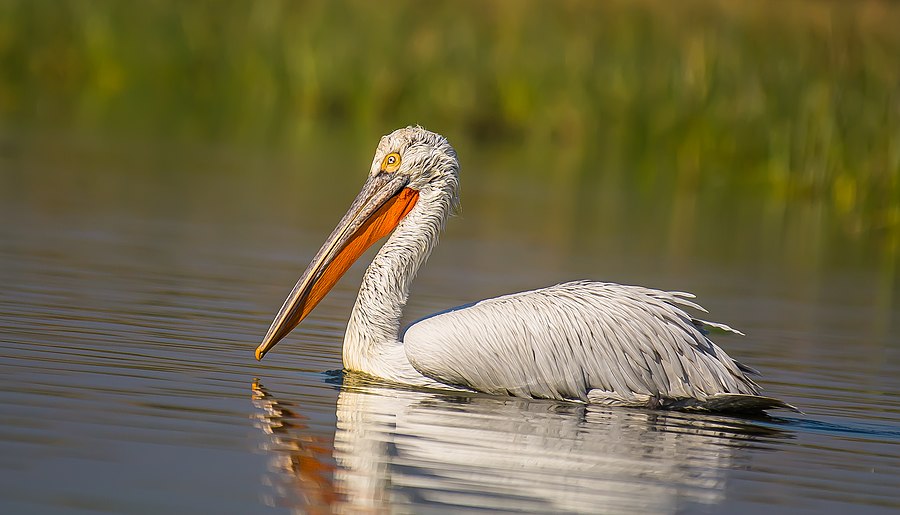Facts About Dalmatian pelican
The Dalmatian pelican is not merely the largest member of the pelican family but also ranks among the world's most substantial freshwater birds. These majestic creatures inhabit regions across Central Eurasia, spanning from the Mediterranean to Siberia. Reputed for their graceful flight patterns, their wingspans rival those of the great albatrosses. They often fly in elegant synchrony, creating a mesmerizing spectacle.
These pelicans are short-to-medium-distance migrants, traveling between their breeding grounds and overwintering areas. Notably, no subspecies of the Dalmatian pelican are identified, although a Pleistocene paleosubspecies has been described.
Regarding size, males are generally larger than females. These birds primarily feed on fish and possess distinctive features: curly nape feathers, grey legs, and silvery-white plumage. They typically breed in swamps and shallow lakes, constructing nests from vegetation on islands or dense mats.
The 20th century posed significant challenges for the Dalmatian pelican, with their numbers declining due to habitat loss, disturbances, and poaching. However, conservation efforts have intensified, including the removal of power lines, construction of nesting platforms, and raising public awareness.
When it comes to dimensions, the Dalmatian pelican is unparalleled among pelicans. They measure between 160 to 183 cm in length, weigh between 7.25 to 15 kg, and boast wingspans of 245 to 351 cm. Generally quiet, they become more vocal during the mating season. They nest in small groups and typically return to the same breeding sites each year. Breeding commences around March or April, with females laying clutches of one to six eggs.
Despite these efforts, the Dalmatian pelican continues to face significant threats such as habitat loss, disturbances, poaching, and collisions with power lines. Conservation initiatives have been more successful in Europe than in Asia. In Mongolia, the Dalmatian pelican is critically endangered, with fewer than 130 individuals remaining. Conservation measures include creating nesting platforms, setting up rafts, and marking or dismantling power lines to prevent collisions.
The Dalmatian pelican is also protected under the Agreement on the Conservation of African-Eurasian Migratory Waterbirds (AEWA), with ongoing efforts to safeguard the remaining populations.

 Finland
Finland